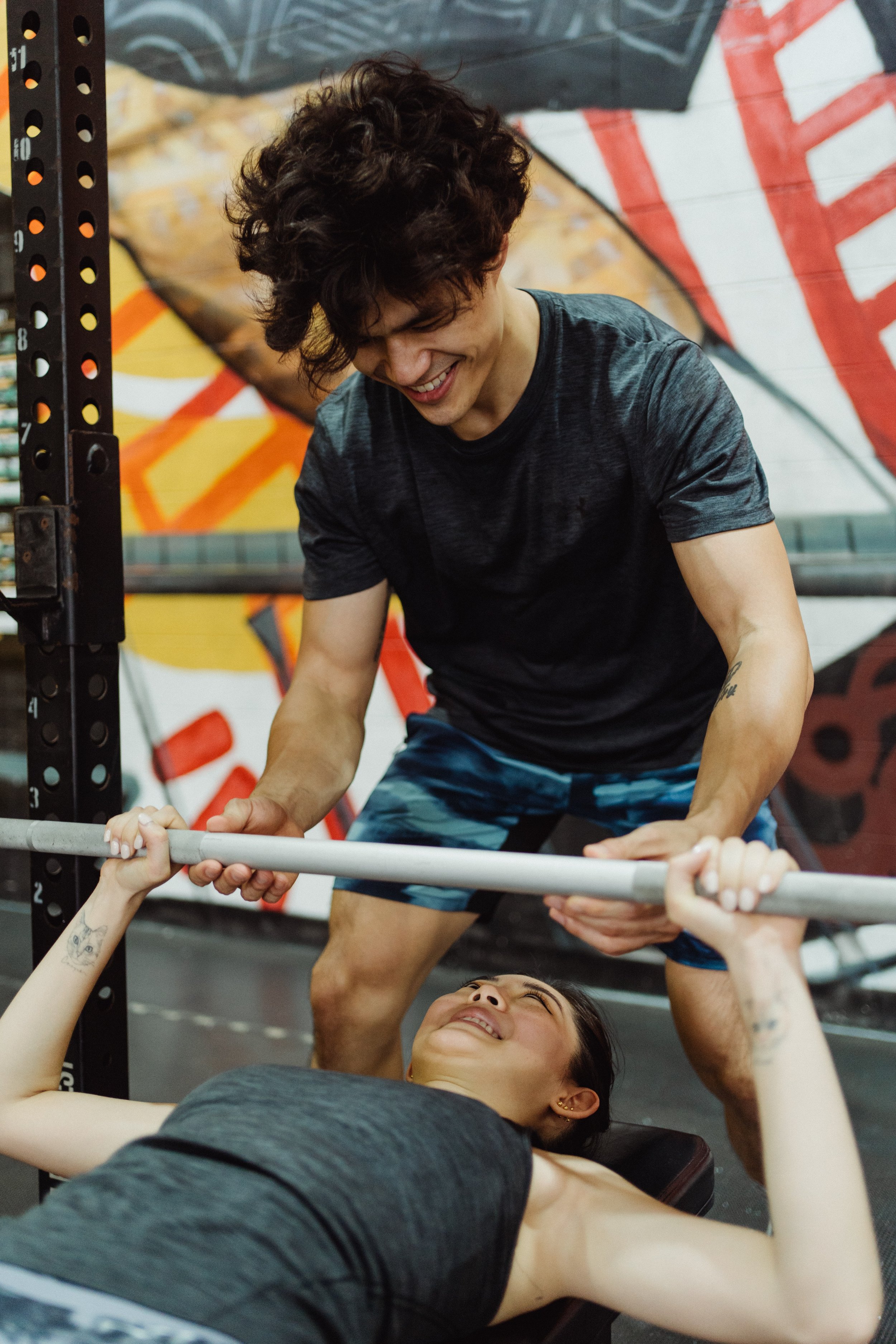Pain With Bench Press, Part 2
A common complaint we get is pain with any pressing motions, especially with a bench press. I’ve covered this topic in the past, as outlined in this blog here. The short of that one is that missing shoulder extension can lead to an overly anterior position of the shoulder and can provoke pain. This blog will cover a different mechanism; internal versus external rotation.
Internal rotation is a fall back position of both the shoulder and the hip, meaning if you overload a movement, the shoulder or hip will naturally fall into that motion in an attempt to find tension. This is, in a sense, a false sense of stability. Or more accurately, passive stability. You have a capsule around all of your joints that has a role in stability. When you move into internal rotation, the capsule becomes ‘close packed’, meaning it is wound up. So instead of using muscle to actively control a position as with external rotation, one can find stability by utilizing the passively wound up tissues of the capsule.
You’ll see this when someone is doing a heavy squat. You’ll see a knee wobble in and out. That’s the femur moving between internal and external rotation. The same thing will happen in a push up or bench press and shows up as an elbow flare. This in itself is not a bad thing, but we know that it can cause irritation for some.
It’s kind of like a weight lifting belt. Theoretically, your core muscles should be able to keep your spine in a stable position when doing a squat. Squat heavy enough, and you’ll lose a good position of your spine. The weight belt becomes extra support for the spine for heavier lifts. That’s what winding a joint into internal rotation does.
Now, most people these days live in internal rotation of the shoulder. If, at rest, your hands turn inward into a ‘knuckle-dragger’ position, that is internal rotation of the shoulder. Part of that may be due to working at a desk, or programming that overemphasizes push versus pull motions. Regardless, we know that the body will always take the path of least resistance. So if you are naturally in an internal rotation, and you do a pressing motion that is handling more weight then you are used to, it’s going to take a lot of conscious effort to avoid excessive internal rotation. That’s where a proper warm-up may set you up for better performance and less pain.
I’d recommend the following:
A mobilization of the internal rotators (pec, lat, and subscapularis):
Activation of the external rotators (rotator cuff):
Mobilization of the thoracic spine:
Give those a shot before a bench press and see how that feels.

